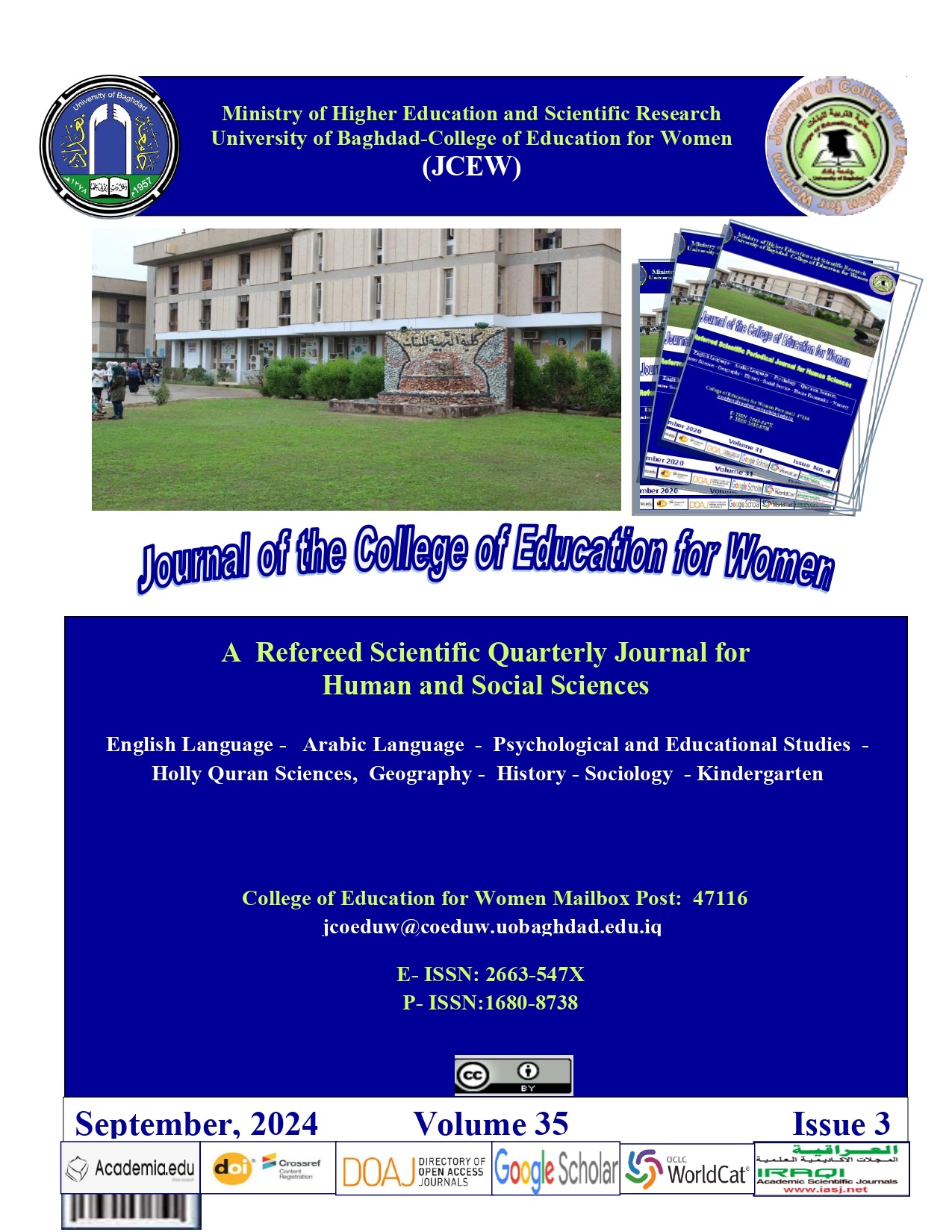Determining Rainfall Seasons in Iraq Using the Standardized Precipitation Index (SPI)
DOI:
https://doi.org/10.36231/coedw.v35i3.1749Keywords:
Determination, Rainfall Seasons, Standardized Precipitation Index (SPI).Abstract
Drought is a significant challenge faced by Iraq and many countries around the world. Insufficient rainfall over extended periods can have adverse effects on agriculture, water resources, and the environment in general. This research aims to utilize the Standardized Precipitation Index (SPI) and analyze long-term rainfall data to provide a comprehensive overview of rainfall conditions and drought classification in different regions of Iraq. The study encompasses (10) climatic stations distributed across Iraq, representing various regions, including Sulaymaniyah, Mosul, Kirkuk, Baghdad, Karbala, Rutbah, Khanaqin, Samawah, Hayy, and Basra. The data covers a 30-year period from 1989 to 2019, based on data availability.
This study aims to provide valuable information that contributes to water resource management decisions and adaptation to drought conditions. Additionally, the research will enhance our understanding of climate change and its impact on rainfall patterns in the region, helping direct efforts to address drought-related challenges and improve the sustainability of natural resources in Iraq.
Downloads
Published
Issue
Section
License
![]()
All articles published in Journal of College of Education for Women are licensed under a Creative Commons Attribution 4.0 International License.











